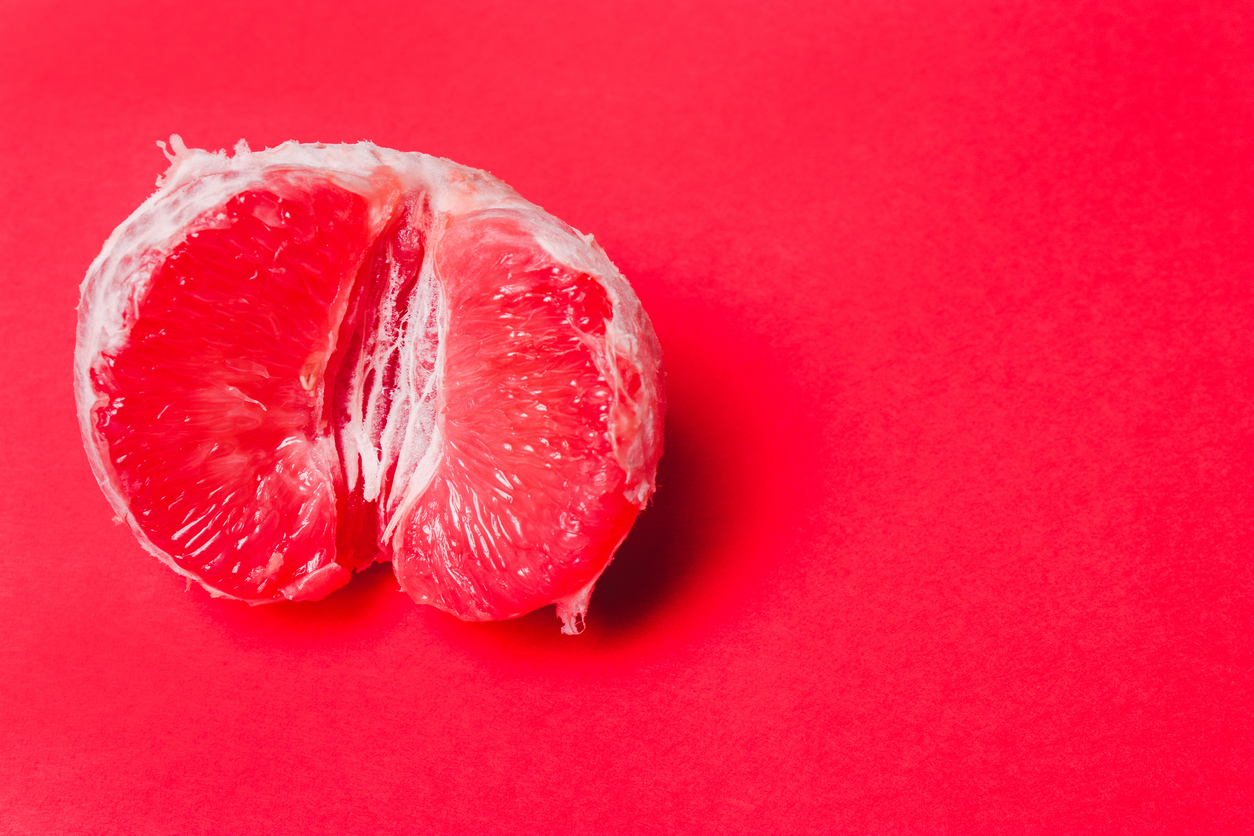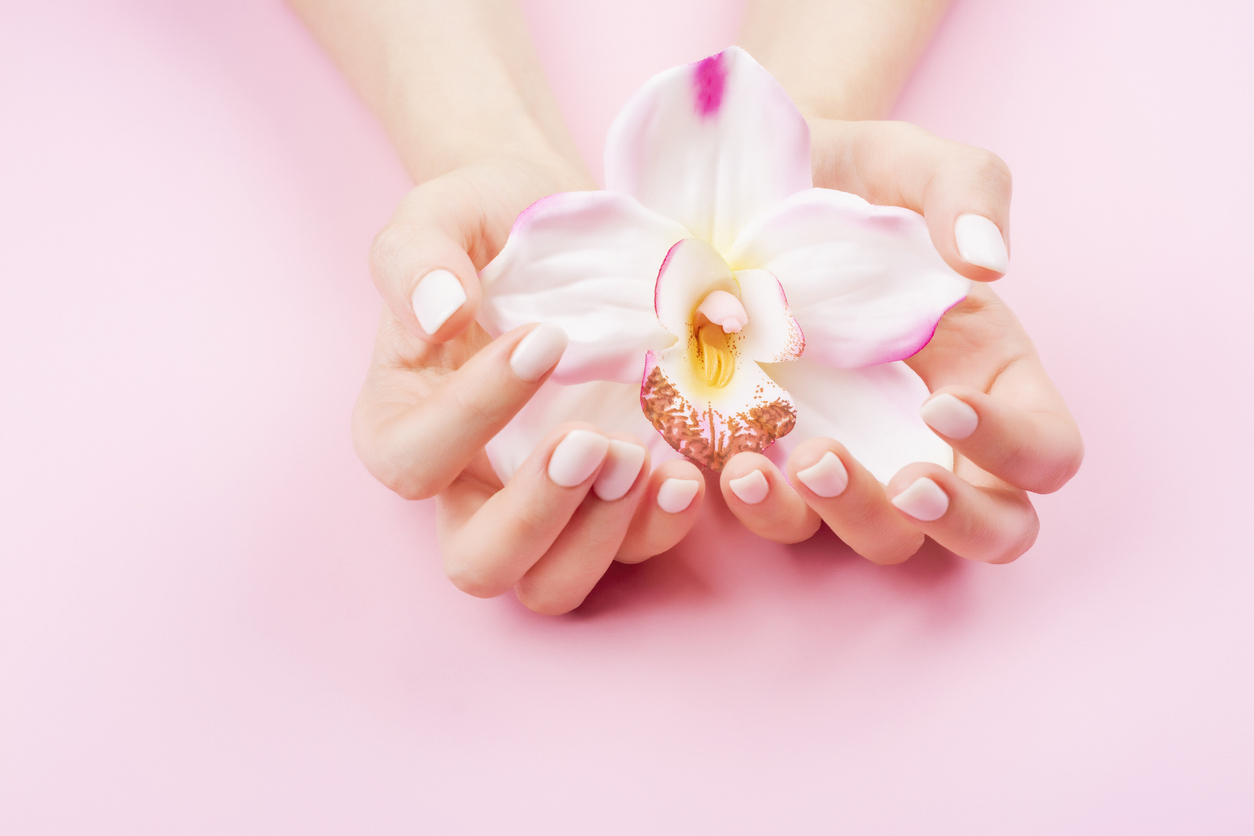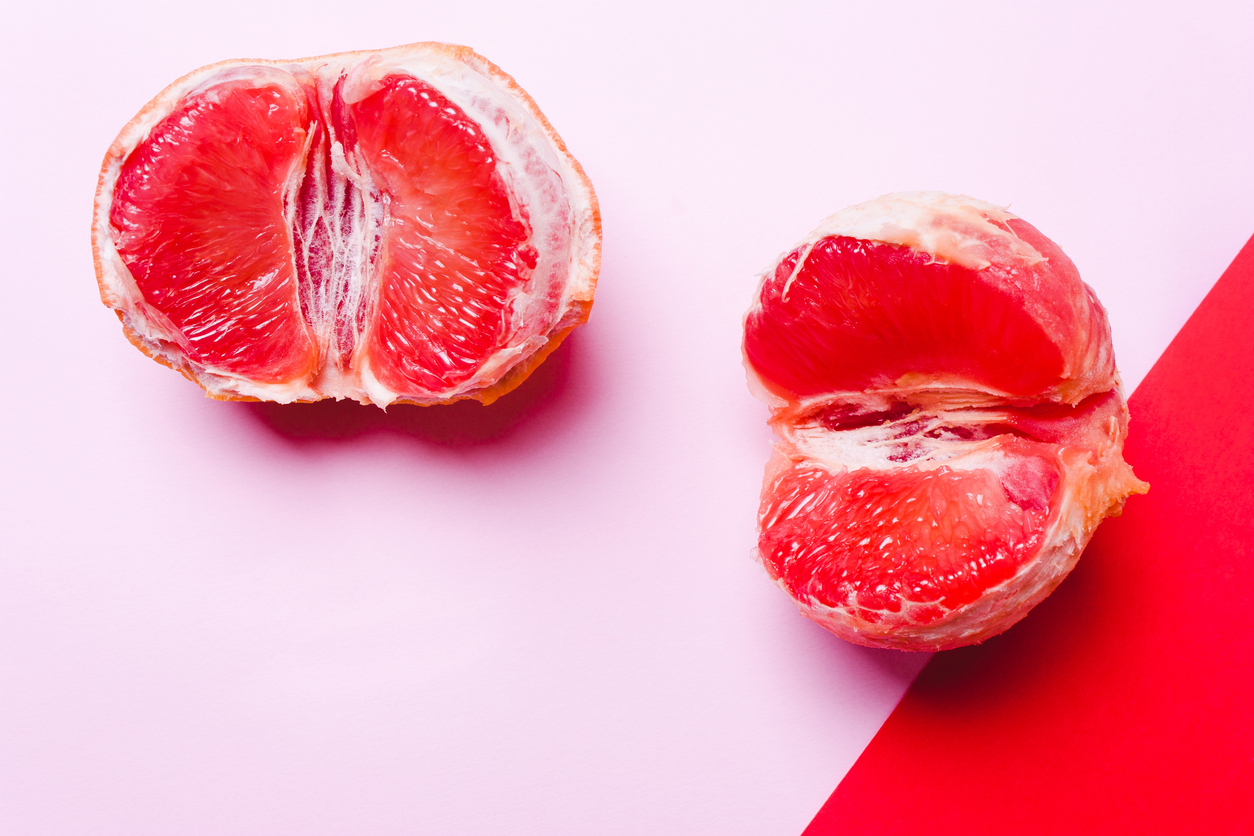From soreness to a distorted appearance, there are several changes to your lady parts you might have to deal with post-delivery. Dr. Ammar Mahmoud reveals 6 ways to help ease your discomfort so you can focus your energy on being a new mum
Congratulations on your bundle of joy. It took nine months of enduring several not-so-pleasant changes to your body to get to this point…
However, while you may slowly begin to recover from some of these pregnancy-related changes, you may also begin to experience new ones.
It goes without saying that vaginal birth puts your vagina through so much strain.
your midwife or doctor may create a small cut through your vaginal skin
The birth canal – the opening formed by your cervix, vagina, and vulva – has to expand to accommodate your little one’s body as it makes its first appearance into the world.
Inevitably, this may leave bruises in the vaginal lining, which will cause you much pain and discomfort in the weeks after birth.
In other cases, you may have some tears in the perineal area (from the opening of the vagina to the anus), which could occur if your baby stretches the birth canal beyond its limits or if it’s your first vaginal birth.

Furthermore, your midwife or doctor may create a small cut through your vaginal skin – called an episiotomy – to expand the passageway for your baby through the birth canal.
These tears leave an uncomfortable feeling down there to say the least, which may be aggravated by regular everyday activities such as urinating.
you’re are so not alone in this
The discomfort and soreness ‘down there’ may begin to dampen the joy of caring for your newborn and can make sex painful and unpleasant.
If that is the case, you’re are so not alone in this; most women have to deal with these issues after childbirth.
Here are a few tips to help you take care of your lady parts after delivery, so you can enjoy the first interactions with your newborn.
Getting rid of the soreness… down there
The bruises, tears, and stitches in your perineal area will leave you sore down there for days or weeks after childbirth.
An episiotomy however may take much longer to heal, leaving you with discomfort in your lady parts. Try any of these to reduce the soreness:
#1 Sitz Bath
Warm water improves blood circulation, promoting fast healing of the bruises and tears in your vagina.
Warmth also lowers the inflammation in your perineum, soothing the pain and swelling down there. As it may be familiar, heat relaxes muscles and relieves pain.
Sit in a warm bath with your buttocks and hips for 15 minutes, up to six times every day, to achieve these results. It may help to add a little salt to improve healing and pain relief.
#2 Ice Packs
Just like warm compress, cold compress also soothes sore perineum after vaginal delivery. Applying ice packs on your lady parts also lowers the inflammation, giving you that deep pain relief that lasts for hours.
Do this several times in a day to get the best results. Avoid placing ice directly on your skin to prevent skin irritation and other unpleasant skin changes.
Wrap the ice in absorbent material and apply to the sore areas for up to 20 minutes at a time.
#3 Soothing Sprays
There are over-the-counter soothing sprays, such as Lidocaine spray, that soothe sore skin areas.
You may also improvise by using a spray bottle filled with lukewarm water to keep your lady parts pain-free for a long time.

Thought about vaginal rejuvenation?
One of the changes to your body you may notice after delivery is a distortion of your lady parts.
Having a seven-pound baby descend through your vagina may inevitably alter the size, symmetry, appearance, and tone of your vagina.
What’s more, if you sustained bruises, tears, or had an episiotomy during childbirth, your vagina may lose much of its tone and appearance after it has healed up.
This is why many women consider vaginal rejuvenation surgery as a way to improve the appearance as well as tightness of their most sensitive parts.
#4 Labiaplasty
One of the most common surgical procedures for restoring your lady parts after childbirth is labiaplasty. This procedure reduces the size and volume of the lips of the vulva (labia minora and labia majora) and improves their symmetry and appearance.
There is no one-size-fits-all approach to labiaplasty; your doctor will take an individualized approach to give you the result you want.
He or she could adopt a labiaplasty trim technique to trim the outer edges of the labia minora (inner labia) to improve its symmetry with the labia majora (outer labia).
Another approach is a labiaplasty wedge technique, in which your doctor will remove the V-shaped wedges that form on the labia following multiple deliveries.
These procedures restore the normal anatomy of your lady parts and provide improved comfort and satisfaction.
These procedures restore the normal anatomy of your lady parts
Not only will these results boost your confidence after childbirth, but it will also improve your sex life while you care for your little one – and don’t worry about having surgical scars, as labiaplasty techniques leave you with little or no scarifications. Scaring, if any, is inside the vagina.
Labiaplasty is a day-case surgery, meaning you will be discharged after the procedure. You may experience numbness, swelling, and pain in your vulva for the first few days after the surgery, but most of these begin to resolve within two days and completely disappear within weeks.
You may also speed up pain relief in the area by applying any of the helpful tips described above.
Your doctor will give you post-surgery instructions to speed up the healing of the surgical site. These may include avoiding sexual intercourse for a few weeks after the procedure, taking some days off work to minimize walking, and avoiding swimming for up to four weeks.

#5 Vaginoplasty
If you wish to repair the walls of your vagina and strengthen them, your doctor can also do that simultaneously.
During vaginoplasty, your doctor will remove unwanted skin and vaginal lining in the walls of the vagina and tighten the vaginal muscles. This reduces the size and diameter of the vagina, tightens the vaginal muscles, and restores the supporting structures to a pre-pregnancy state.
You may also choose non-surgical methods of vaginal rejuvenation
You may also take advantage of these vaginal cosmetic surgeries by having complementary procedures done concurrently.
These procedures – including growth factor injections to the labia, G-spot enhancement, fat transfer to the labia majora, and cystocele repairs – help to improve your sexual satisfaction and repair other pregnancy-related changes to your lady parts.
You may also choose non-surgical methods of vaginal rejuvenation, such as laser therapy and radiotherapy, or a combination of surgical and non-surgical procedures to maximize results.

#6 Reducing vaginal bleeds
It is not uncommon to experience some bleeding from your lady parts following childbirth or vaginal rejuvenation procedures.
After delivery, you may notice light bleeding – called lochia – that appears progressively pale as the weeks progress.
You may even see blood clots for the first few days following vaginal birth. This is completely normal and is how your body eliminates unwanted tissues in the uterus after childbirth.
However, there are a few things you can do to reduce the discomfort that comes with post-birth vaginal bleeding.
Avoid tampons for this, as these could make your sensitive parts prone to infection
First, use sanitary pads to reduce the uneasiness in the area. Sanitary pads help to absorb the blood flow from the bruises, tears, and surgical incision sites. Avoid tampons for this, as these could make your sensitive parts prone to infection.
You may also apply ice packs to the perineal area to constrict bleeding vessels. This lowers the volume of blood flow and the discomfort in your perineal area.
Over-the-counter pain relief medications, such as Ibuprofen, also reduce vaginal bleeding and ease pain in your lady parts.
If you experience excessive bleeding, contact your doctor immediately, as it may be from complications of vaginal birth, such as cervical tears, poor contraction of the uterus following delivery, an overdistended uterus, or an infection.
After a vaginal rejuvenation surgery, you may also experience excessive bleeding if non-dissolving stitches are pulled.

Dr. Ammar Mahmoud is a board eligible gynecologist and highly trained cosmetic surgeon specializing in cosmetic and functional gynecological medicine.
More Healthista Content:
5 reasons you keep getting a UTI – including your sex position
Could stress be causing your bloated stomach? 7 things this expert says you should do
How to care for someone with dementia – a helpful guide
Do pets reduce our stress? 12 ways your pet is boosting your wellbeing
Can’t sleep during pregnancy? Holistic sleep coach reveals 7 easy tips
